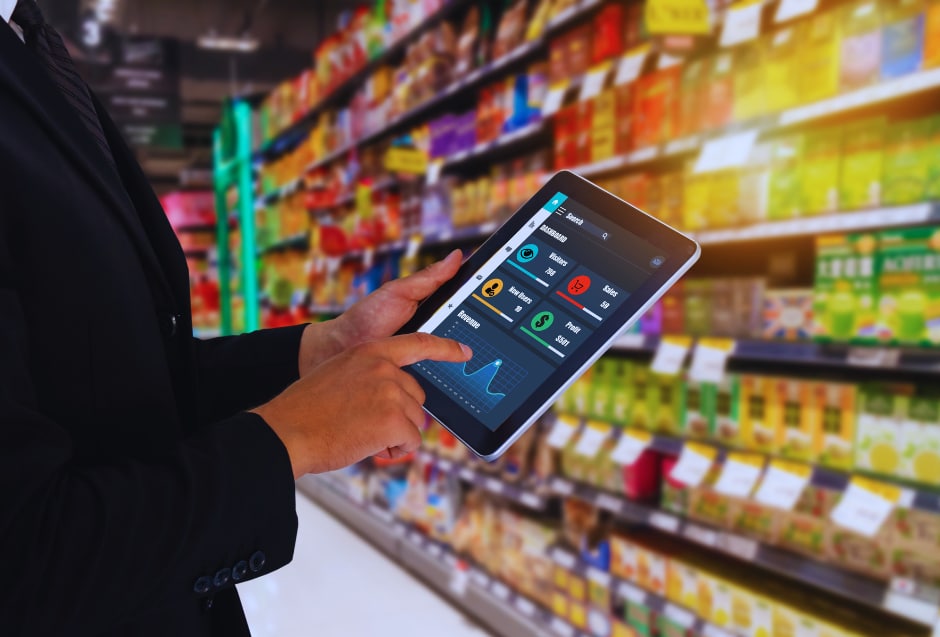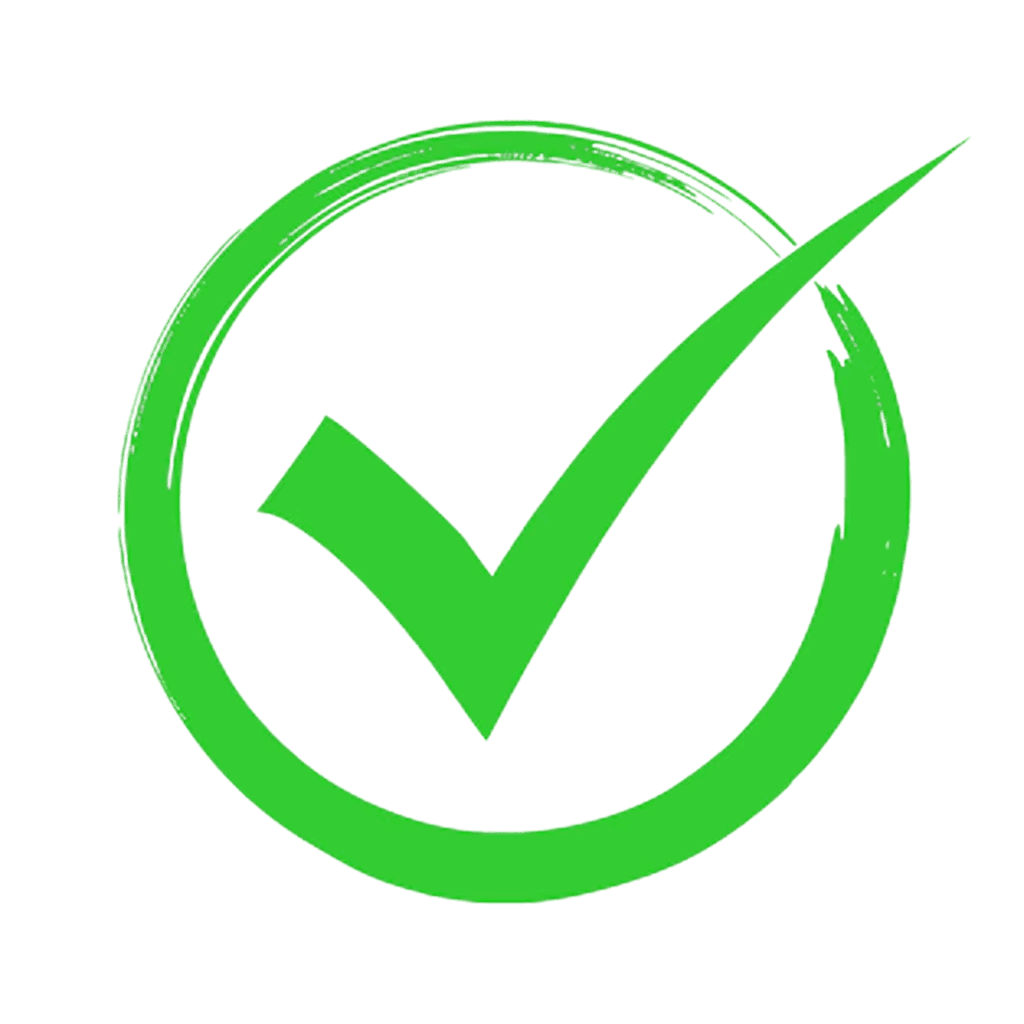With Industry 4.0, a new era of smart technologies in retail 4.0 has begun. Retail technology has advanced to the point that retailers can now access real-time data, have interconnectivity, and utilize automation to improve production efficiency and make the entire process flexible—all thanks to IoT technology.
According to a McKinsey Global Institute report :
-
- IoT applications could help retailers capture $410 billion to $1.2 trillion annually by 2025 through better in-store promotions, staff allocation, and shop-floor layout.
-
- IoT technology could generate an annual economic impact of $3.9 to $11.1 trillion in 2025 across factories, cities, and retail.
Industry 1.0 has witnessed large-scale industries, but the arrival of IoT technology, AI, AR, ML, and 4.0 marked the emergence of smart factories.
Retailers can now innovatively fulfil every evolving demand of consumers, which previously were fulfilled strategically.
But how are Industry 4.0 Technologies transforming overall retail development?
Let’s find out..!
Industry 4.0 Technologies Transforming Retail
1. The Power of Data and Analytics
| Technology | Benefit | Impact |
| Big Data Analytics | Customer behavior insights | Improved product placement and offerings |
| Predictive Analytics | Optimized inventory management | Reduced overstock and stockouts |
| Location-Based Services | Personalized recommendations | Enhanced customer experience and sales |
- Big Data Collection and Analysis for Customer Behavior Insights
Data is no less than a goldmine. Industry 4.0 uses different methods to collect big data, such as online and in-store interactions, social media, and loyalty programs. Retailers analyze data to understand customer behaviour, preferences, and purchasing patterns to stay competitive and satisfy customers.
- Predictive Analytics for Optimized Inventory Management and Targeted Marketing
Predictive analysis has a significant role in inventory management. By analyzing historical data with the help of predictive analysis in Industry 4.0, retailers can predict demand with high accuracy. It ensures optimal stock levels, reduces overstock and stockouts, and minimizes carrying costs.
- Location-Based Services and Personalized Recommendations
IoT technology has enabled retailers to provide location-based services and personalized product recommendations. Using sensors, stores can track customers’ movements and engage with them accordingly by creating real-time personalized offers on their smartphones in their particular premises.
2. The Rise of Automation and Robotics
| Technology | Application | Benefit |
| Smart Warehouses | Order picking, packing, and sorting | Faster and more accurate deliveries |
| In-Store Robots | Inventory management and customer assistance | Improved operational efficiency |
| Self-Checkout Kiosks | Customer checkout process | Reduced wait times and enhanced convenience |
- Smart Warehouses and Automated Fulfillment Systems
Automation is at the heart of Industry 4.0, and smart warehouses are a prime example. Autonomous robots in warehouses not only increase retailers’ efficiency but also help reduce workload. Tasks like picking, packing, and sorting products can be done in minutes, along with ensuring accurate deliveries.
- In-store robots for Tasks Like Inventory Management and Product Retrieval
Robots are quite common in Industry 4.0 and are effectively handling retailers’ daily tasks, such as inventory management, product retrieval, and even customer assistance. These robots use advanced sensors and AI to identify low-stock items and provide retailers with real-time inventory updates.
- Self-Checkout Kiosks and Frictionless Payment Solutions
The customer is always in a hurry and does not like the complex procedures of the store. In this regard, Self-checkout kiosks and frictionless payment solutions in Industry 4.0 are proving to be quite helpful. The customer does not have to wait for payment; just scan for payment and be done.
3. The Immersive Shopping Experience
|
Technology |
Application |
Benefit |
|
Augmented Reality (AR) |
Virtual product try-on and visualization |
Increased customer confidence |
|
Virtual Reality (VR) |
Store tours and product demonstrations |
Enhanced engagement and loyalty |
|
Interactive Displays |
Dynamic product information |
Improved customer engagement and impulse buys |
-
- Augmented Reality (AR) for Virtual Product Try-On and Visualization
The AR technology of Industry 4.0 also has many benefits for customers, such as customers can try products virtually. From furniture to clothes, customers can check whether they fit or not on them/in the environment without purchasing them. It boosts customer confidence along with quick decisions
-
- Virtual Reality (VR) for Store Tours and Personalized Product Demonstrations
In Industry 4.0, VR has also taken on the responsibility of providing a unique shopping experience to customers. VR allows customers to explore virtual stores and interact with different products housed in one place. Retailers can also offer personalized product recommendations based on customer preferences.
-
- Interactive Displays and Digital Signage for Dynamic Product Information
Interactive displays and digital signage provide dynamic product information, promotions, and personalized offers and enhance customer engagement. These technologies allow customers to easily access detailed product information, watch demo videos, and compare different products.
Optimizing The Retail Supply Chain in Industry 4.0
-
- The Internet of Things (IoT) for Real-Time Inventory Tracking and Visibility
IoT platform optimizes the retail supply chain by providing real-time inventory tracking and visibility. With sensors and RFID tags, retailers can now easily monitor inventory levels, track shipments, and manage stock across multiple locations.
-
- Connected Logistics for Improved Delivery Efficiency and Reduced Costs
Connected logistics, powered by IoT technology, improve delivery efficiency and reduce costs by optimizing routes and monitoring the condition of goods in transit. GPS tracking and telematics systems provide real-time data on shipment location and condition to deliver shipments on time and improve customer satisfaction.
-
- Digital Twins for Supply Chain Simulation and Optimization
Digital twins are virtual replicas of physical assets, processes, or systems, and they play an important role in supply chain optimization. Retailers in Industry 4.0 can simulate different scenarios by creating digital twins of their supply chains. This helps them identify potential bottlenecks and optimize processes.
Conclusion
Industry 4.0 technologies have drastically changed retail development. Whether it’s operational efficiency, customer experience, or overall business performance, the integration of data analytics, automation, IoT technology, AR, and VR is transforming every aspect of retail.
To better use these technologies in this digital age, retailers must balance these technologies and human interaction.






